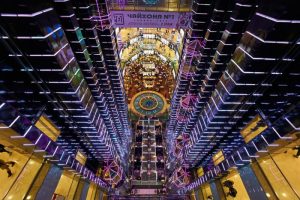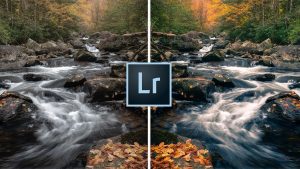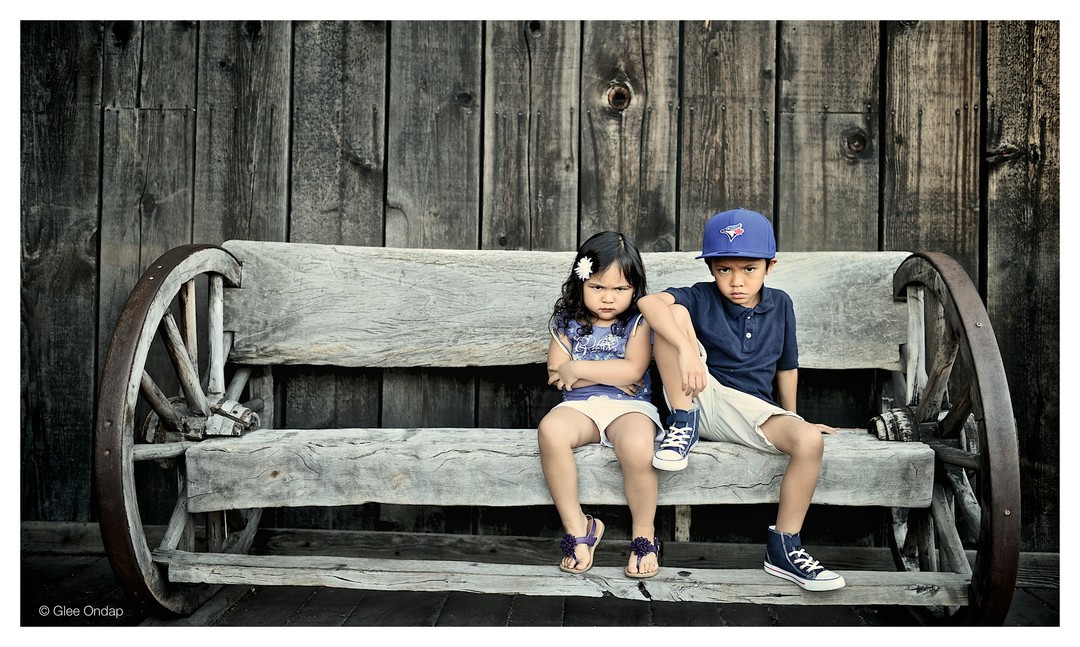difficult to properly
5 reasons to buy an ultra wide lens
 Super wide-angle lenses are a very specific class of optics, with their own features and fields of application. The effect they create is very difficult to replicate with other lenses or programs.
Super wide-angle lenses are a very specific class of optics, with their own features and fields of application. The effect they create is very difficult to replicate with other lenses or programs.
Lenses with a field of view of 90 or more degrees on the diagonal of the frame (that is, wider than those of the human eye) and a certain focal length are considered “super-widths”:
for cameras with APS-C matrix – from 15 mm and less;
for full-frame cameras – less than 24 mm.
Such optics is clearly associated with distortions – perspectives and geometry. Here, these lenses are divided into two classes: fisheye (fisheye) and rectilinear (without distortion). Continue reading
Where you can shoot, and where you can not
 publication in the media, posting on the Internet, printing on booklets, banners, etc. Accordingly, laws regulate these rights differently. And very often allowed to shoot, but prohibit or restrict distribution.
publication in the media, posting on the Internet, printing on booklets, banners, etc. Accordingly, laws regulate these rights differently. And very often allowed to shoot, but prohibit or restrict distribution.
The Constitution gives us the right to shoot almost anywhere: “everyone has the right to seek, receive, transmit, produce and distribute information in any legal way.” But there are a number of laws that restrict this right in specific cases.
Three “No”
You can immediately identify three areas when photography may be prohibited. All of them are connected with one condition: restriction of access to these areas. That is, you can remember: where you can not appear without permission, you can not take pictures. These three “no” looks like this:
objects related to state secrets (for example, military units, “secure” enterprises, etc.);
objects related to trade secrets (enterprises that use unique technologies protected by intellectual property laws); Continue reading
How to find your creative style with “Split Toning”
 In my opinion, the most underrated tool of Lightroom is “Separate Tinting”. Meanwhile, this is not only a great opportunity to correct many problems in a photograph, but also a great way to develop your own creative style of image processing.
In my opinion, the most underrated tool of Lightroom is “Separate Tinting”. Meanwhile, this is not only a great opportunity to correct many problems in a photograph, but also a great way to develop your own creative style of image processing.
If you are not familiar with “Separate toning”, then its essence is the following – you apply a specific shade separately to the shadows and lights of the picture in order to get the separation of colors without changing the brightness.
Below is a great example of how Split Toning works. This is a standard gradient map, from pure black to pure white, which demonstrates how shadows translate into light: Continue reading



